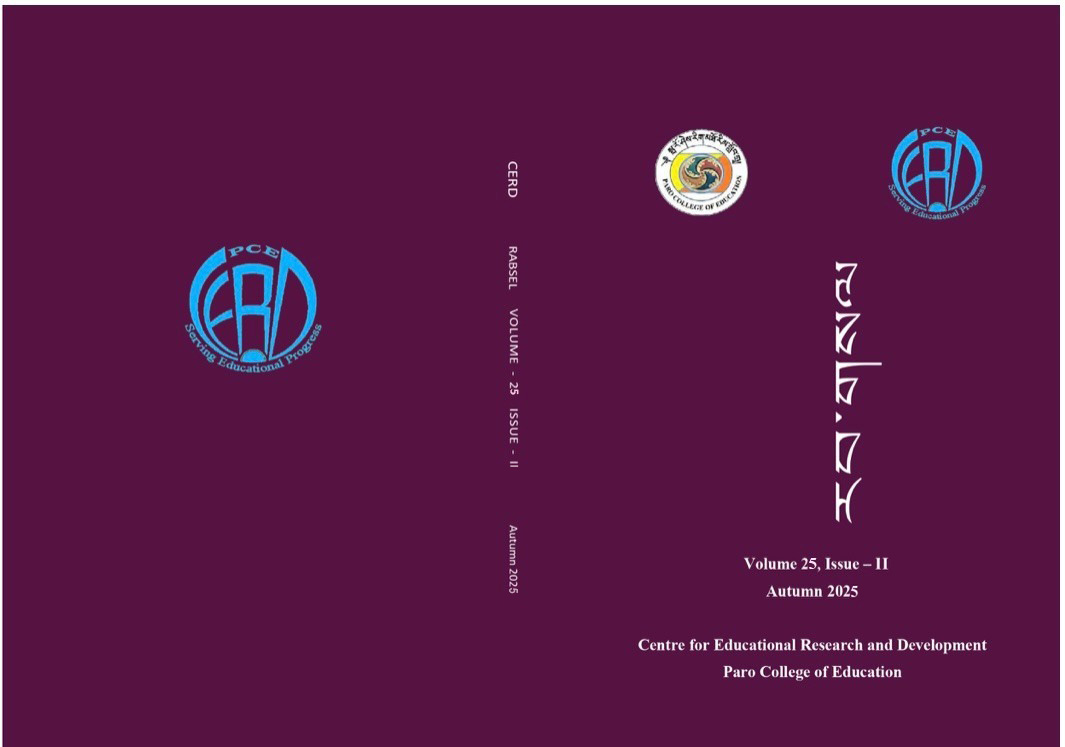Effectiveness of Hands-on Learning (HoL) as Instructional Strategy for Teaching Primary Science
DOI:
https://doi.org/10.17102/rabsel.25.07.004034Abstract
This study evaluates effectiveness of Hands-on Learning (HoL) as an instructional approach for teaching science in sixth-grade students at in a Primary School, Wangdue Phodrang. The study employed an experimental design comparing the learning scores of students in an experimental group (EG) exposed to HoL and a control group (CG) receiving traditional instruction. Academic test scores of 42 participants were gathered using pre-tests and post-tests and analyzed using descriptive and inferential statistics, including paired-sample t-tests, independent-samples t-tests, and correlation analysis. The findings reveal participants in the experimental group, taught with HoL, demonstrated a significantly (p<0.05, Cohen’s d= 1.23) higher mean increase in academic achievement. The study also indicates that participants’ gender and interest on the subjects impacts the implementation of HoL. Correlation analysis revealed positive relationships (Pearson's r = 0.47) between pre-test and post-test scores, indicating consistent improvement across both groups. This research contributes to the understanding of effectiveness of the HoL and factors which impacts its implementation in teaching the science concepts in Bhutanese classroom.






